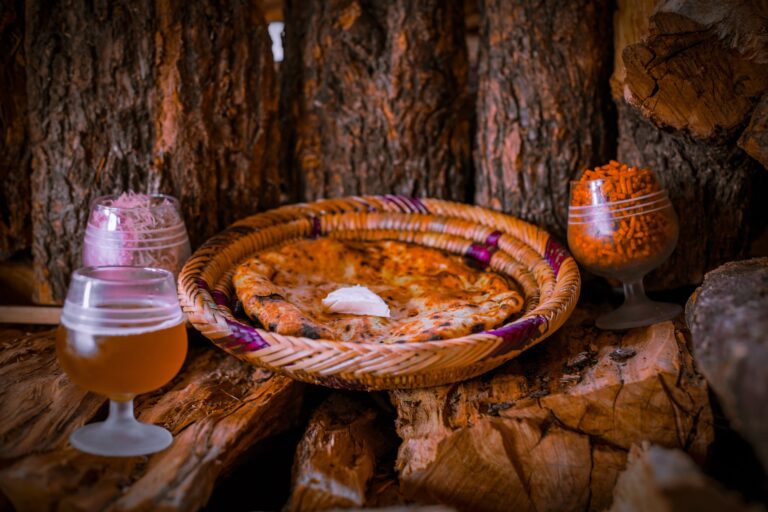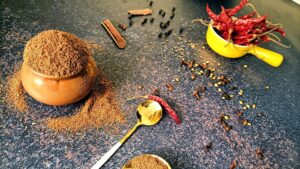Slow travel is a travel philosophy that emphasizes experiencing a destination in a more immersive and meaningful way rather than trying to see and do as much as possible in a short amount of time. Its advocates argue that taking the time to truly get to know a place and its culture can lead to a more authentic and fulfilling travel experience.
Slow travel typically involves staying in one place for a more extended period of time rather than moving around quickly from one destination to the next just checking off items in a tourist itinerary. Additionally, it can involve staying in local accommodations, such as a guesthouse or apartment, rather than a large chain hotel, and participating in local activities and events. It can also involve using local transportation options, such as buses or trains, rather than flying.
How does slow travel help the local economy?
First, slow travelers are more likely to stay in local accommodations, such as small inns or bed and breakfasts, rather than large chain hotels. This helps to support local businesses and keep money within the community.
Also, they are more likely to eat at local restaurants and shops than at chain establishments or fast food restaurants. This helps support local farmers and food producers and keeps money within the local economy.
In addition, our fellow slow travelers are more likely to engage with the local community and participate in activities that support local businesses and organizations. For example, they may participate in local festivals or events, go on guided tours led by local guides, or purchase crafts or other goods from local artisans to help preserve the unique character of a destination.
How Slow Travel Enriches You
When you do slow travel, there are many unique experiences that you can have that you might not have if you were traveling at a faster pace. Here are some examples of the best experiences you can have when you do slow travel:
- Immerse yourself in the local culture: It allows you to take your time and really get to know a place, its history, and its people. This can give you a deeper understanding of the local culture and way of life and help you to see a destination in a new light.
- Meet new people: When you stay in one place for an extended period, you can get to know the locals and make new friends. This can give you a unique perspective on the destination and help you to learn more about the culture and way of life.
- Try new things: Helps you to step outside your comfort zone and try new things that you might not have considered if you were traveling at a faster pace. This could include trying new foods, learning a new skill, or taking part in a local festival or event.
- Unplug and disconnect: It is an excellent opportunity to disconnect from the outside world and take a break from the hustle and bustle of everyday life. This can help you to relax, recharge, and reconnect with yourself and the world around you.
- Explore the area: When you do slow travel, you have the time to really explore an area and discover its hidden gems. This could include hiking or biking through the countryside, visiting small villages or towns, or exploring local parks and nature reserves.
How will slow travel save the world?

Slow travel has the potential to transform the world by promoting sustainable tourism, reducing carbon emissions, and supporting local economies. By encouraging a deeper understanding and appreciation of diverse cultures and ways of life, slow travel can help create a more sustainable and equitable world for travelers and the communities they visit.
Travel can certainly help to remove racism by exposing individuals to different cultures and ways of life. This can help to break down stereotypes and biases, and can foster a greater understanding and appreciation for the diversity of the world’s peoples. In addition, traveling can also provide opportunities for people to form personal connections with individuals from different backgrounds, which can further help to break down barriers and promote acceptance and understanding.
Top 7 Countries Who Are Best For Slow Travel
Slow travel is a growing trend that is gaining popularity around the world. Many countries have embraced slow travel and are working to make their destinations more appealing to slow travelers. Here are some examples of countries that have embraced slow travel:
- Italy: Italy is often considered the birthplace of slow travel and is known for its laid-back approach to life. Many people flock to the country to experience its rich history, beautiful landscapes, and delicious food. Italy is a great destination for slow travelers. From the rolling hills of Tuscany to the ancient ruins of Pompeii, there is so much to explore in this beautiful country.
- Japan: Japan is known for its unique culture and customs, and many people visit the country to experience its ancient temples, beautiful gardens, and bustling cities at a slower pace. With its stunning natural beauty and rich history, its is a perfect destination for slow travelers. From the bustling streets of Tokyo to the tranquil gardens of Kyoto, there is something for everyone in this fascinating country.
- New Zealand: New Zealand is a popular destination for slow travelers who come to the country to enjoy its stunning landscapes and experience adventure. From hiking in the Southern Alps to kayaking in Abel Tasman National Park, there is no shortage of activities for outdoor enthusiasts.
- Iceland: Iceland is known for its rugged beauty and unique natural attractions, such as geysers, waterfalls, and hot springs. Many people visit the country to experience its beauty at a slower pace.
- Portugal: Portugal is a popular destination for slow travelers who come to the country to enjoy its beautiful beaches, historic cities, and world-renowned cuisine.
- France: With its charming villages, world-class cuisine, and iconic landmarks, France is a popular destination for slow travelers. From the lavender fields of Provence to the cobbled streets of Paris, there is so much to discover in this beautiful country.
- Costa Rica: With its beautiful beaches, vibrant culture, and rich biodiversity, Costa Rica is a great destination for slow travelers. From surfing in Tamarindo to birdwatching in the rainforests, there is something for everyone in this beautiful country.
- Bali, Indonesia: One of the best experiences of slow travel will be in Bali. Stay in a local homestay or guesthouse, where one can learn more about the culture and way of life from your hosts, all this at a very affordable rate too!!!. Try traditional Balinese foods, such as nasi goreng (fried rice) and sate lilit (spicy minced meat skewers), and visit local markets and shops to purchase handmade crafts and souvenirs. This allows a traveler to support the local economy and contribute to the community.
Many countries around the world have embraced slow travel and are working to make their destinations more appealing to our fellow slow travelers.
Slow travel can be a great way to find mental peace and relaxation and escape everyday life’s pressures and demands. You can experience a sense of calm and well-being that can be difficult to find in our fast-paced world. More importantly, travel can help expose people to different ways of life and can help break down some of the stereotypes and prejudices that contribute to racism. By interacting with people from different backgrounds and learning about their experiences, travelers can gain a greater appreciation for the diversity of humanity and may be less likely to hold racist beliefs.








